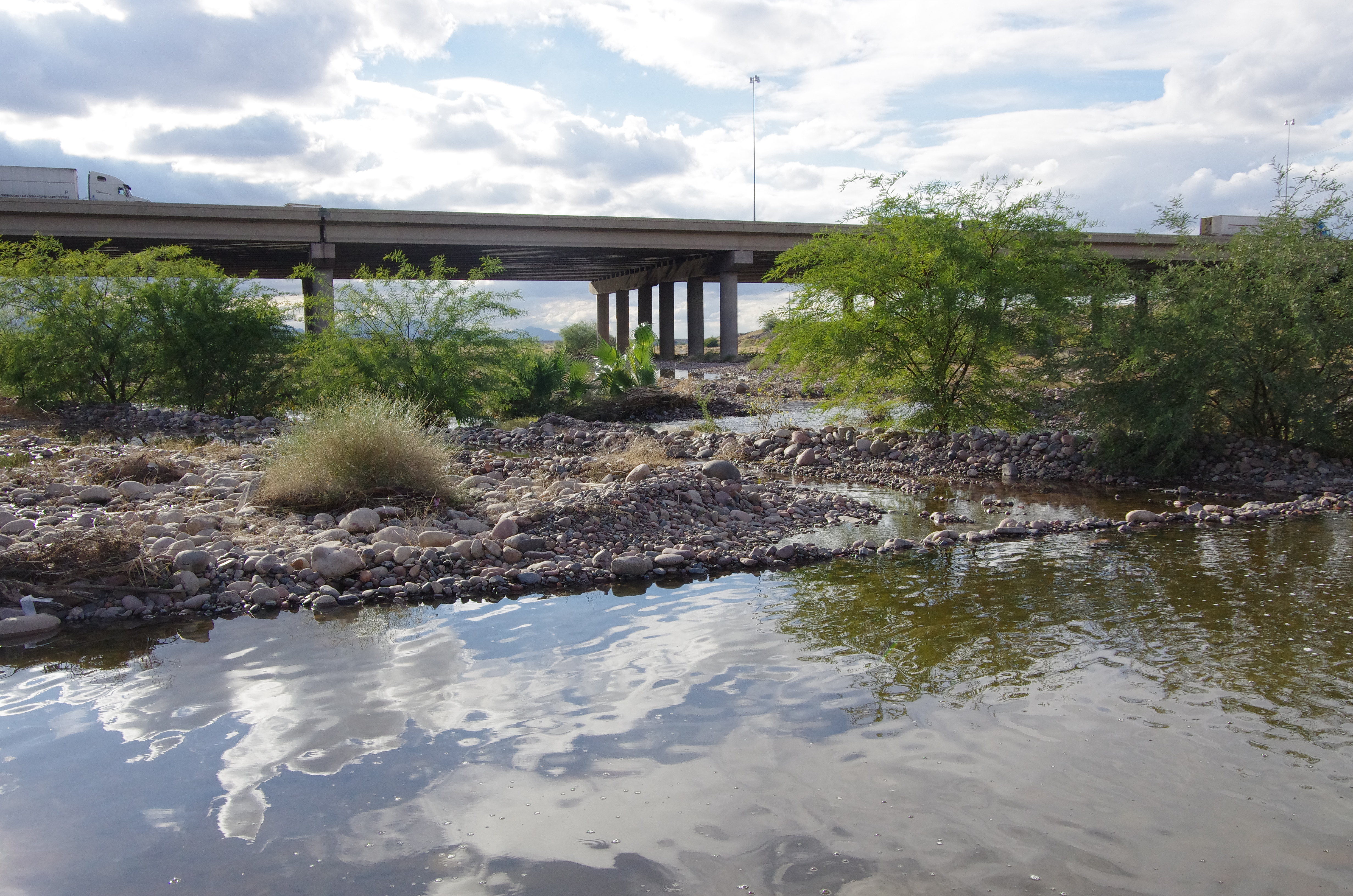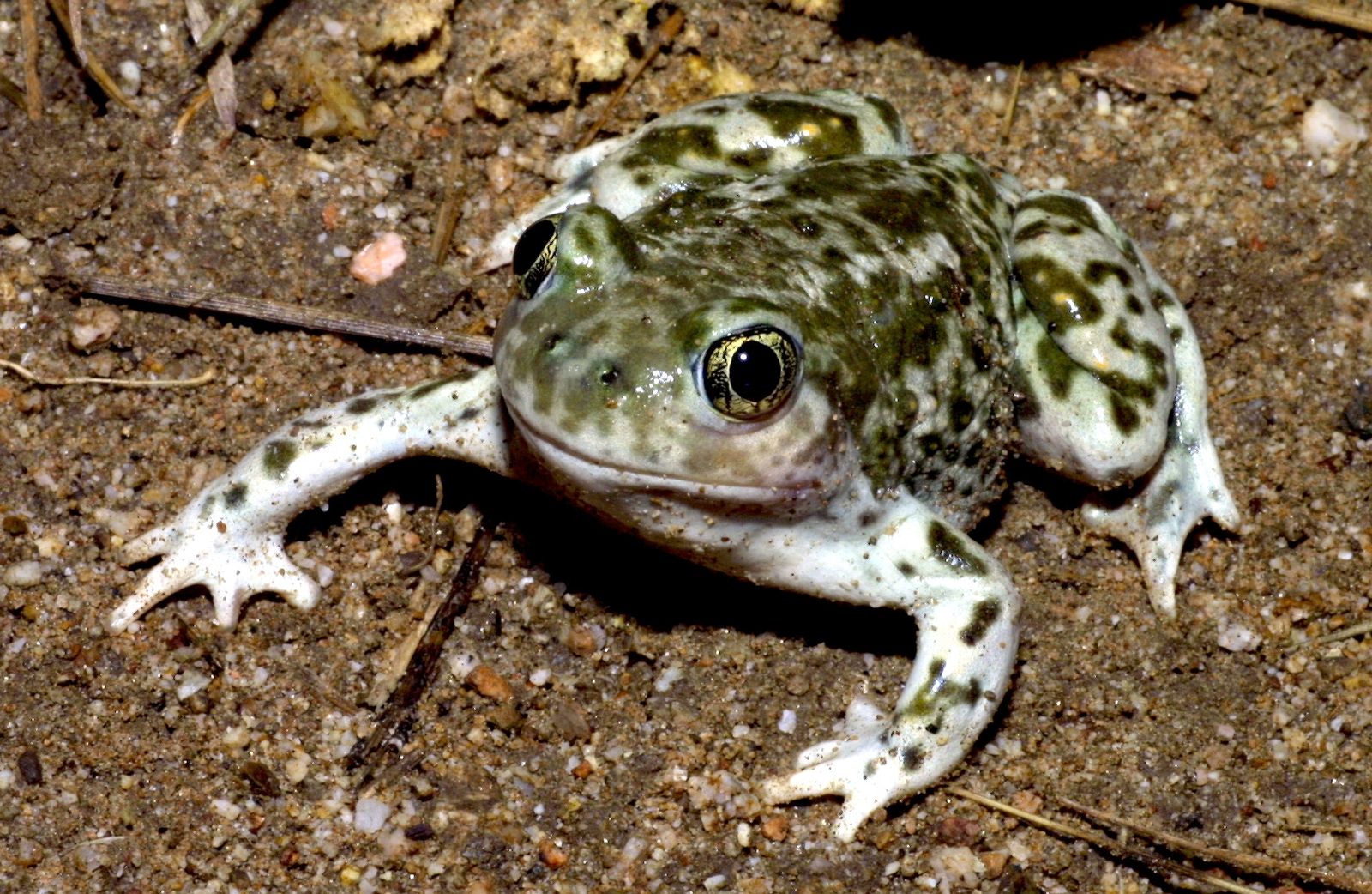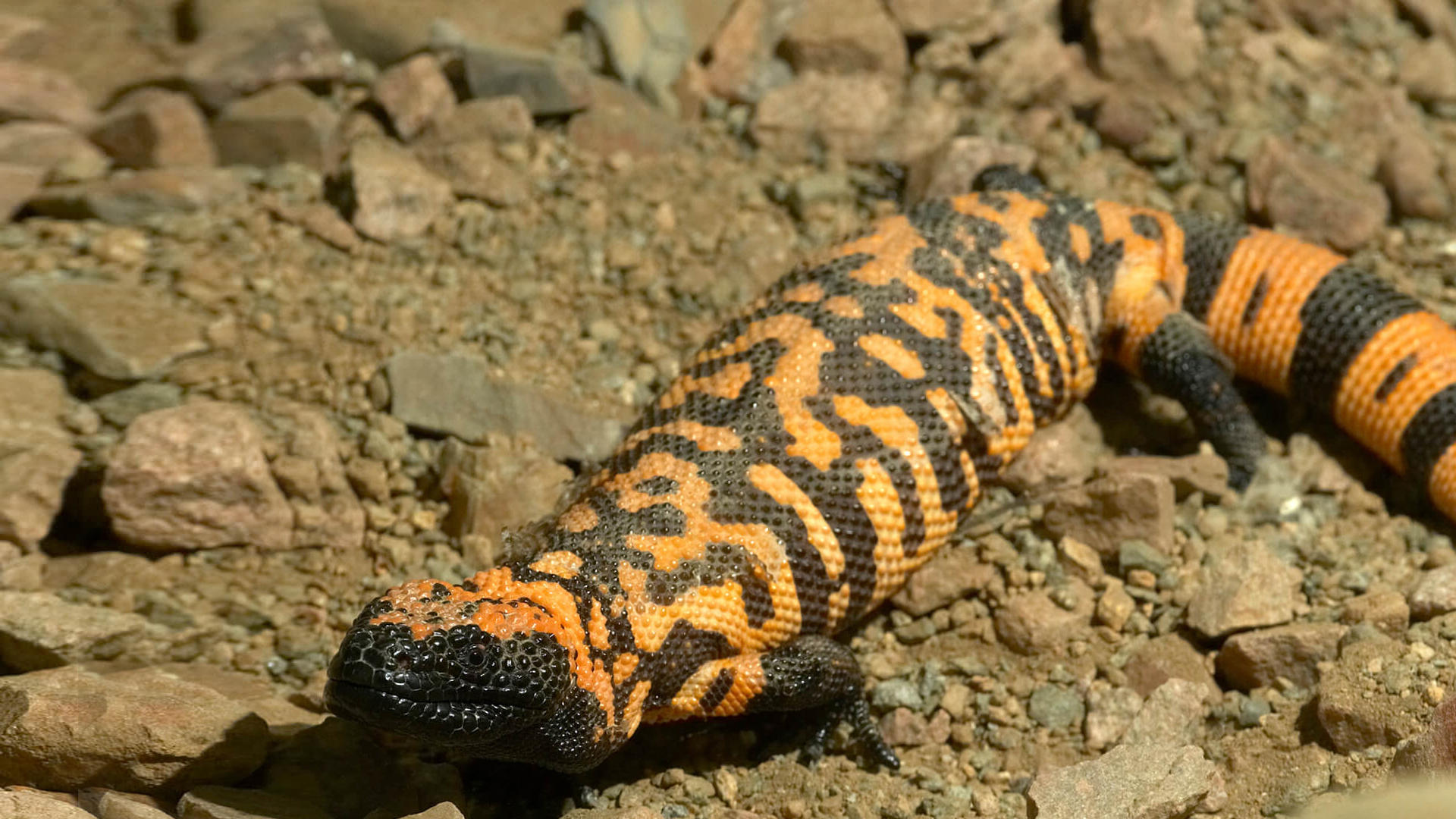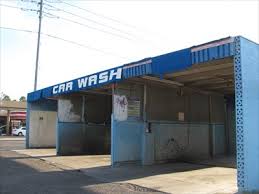Rio Re-Imagined
by Gail Cochrane
Liberty Wildlife Volunteer
On September 1, Valley leaders gathered virtually to celebrate a positive development for the Valley of the Sun. The EPA sponsored Urban Waters Federal Partnership designation has been awarded to the Rio Re-imagined project. This award puts the Salt River and the Gila River on a fast track for permitting and logistical planning, bringing together six Valley cities and two Native American communities to restore and revitalize 58 miles of riverbed from Granite Reef Dam to State Route 85.

The federal designation provides grants and support from various government agencies to begin to rejuvenate the riparian habitat that disappeared a century ago with the building of Roosevelt Dam. Finally, residents of the Valley will be given a chance to connect with the waterways this region has overlooked for generations. Resources will pool towards improving surface water quality and to fostering sustainable water stewardship and management.
Rio Re-imagined is just the twentieth project chosen by EPA since the Urban Waters Federal Partnership project was launched in 2011. This somewhat surprising federal support is the result of years of hard work on the part of Valley visionaries dating back to the 1960’s. At that time, students at ASU decided to throw their weight behind revitalizing the Salt River watershed. Those plans were supported by Tempe Mayor Harry Mitchell, Dean James Elmore of ASU, the late U.S. Rep Ed Pastor and others. Their efforts ultimately led to the development of Tempe Town Lake. Fifty years after the student led initiative, Sen. John McCain approached ASU President Michael Crow and suggested they keep the ball rolling on positive development of the riverbed and surrounding areas. Those efforts in turn led to the Urban Waters Partnership designation.

Follow the progress or find out how you can be involved at https://rioreimagined.org/ . Coalitions, collaborations and working groups across the Valley are already forming around topics like habitat restoration, stormwater management, heat mitigation and increased participation by underrepresented voices.
Partnerships and collaboration will be imperative due to the large number of stakeholders and varied goals. Ultimately the UWFP will facilitate bringing people together to make the Rio Salado a centerpiece of the Valley once again.
Critters of the Monsoon
by Natasha Loving
Liberty Wildlife Intern
The Arizona monsoon season is a meteorological singularity: a weather phenomenon that occurs at around the same time every year. From July to September, the Southwest is faced with heavy winds, lightning displays, and week-long bursts of rain that are responsible for roughly half of Arizona’s annual precipitation. The monsoon season is a result of changing winds. In fact, the term “monsoon” derives from the Arabic word “mausim” meaning “season” or “wind-shift”. Summertime means the winds start to flow in from the south: moisture from the Pacific Ocean and the Gulf of Mexico dramatically change the conditions of the state. These new winds, coupled with hot rising air, result in the iconic Arizona thunderstorms. People, plants, and wildlife all rely on these annual storms to replenish water supplies and refresh the desert. The monsoon season gets everybody buzzing, so here’s a bit of what you should expect of our AZ wildlife this monsoon season.
You may be surprised to learn that the Arizona desert is home to a variety of amphibians. You may be less surprised to hear that these amphibians certainly take advantage of the monsoon rains. When the rains arrive, you may happen upon the Couch’s spadefoot toad. These amphibians spend 9-10 months of the year dormant below ground. They are awakened by the sound, not the actual water, of the first summer rains. Despite being dormant for nearly a year, the toads are anything but lethargic: 90 percent of breeding occurs on the first rainy night, eggs can hatch within 15 hours, and tadpoles develop into toads within 11-12 days. If you cross paths with a spadefoot toad, make sure to let them hop on their hurried way: they’re racing the clock!

Monsoon season means you may also stumble across the Southwest’s most famous lizard: the Gila monster. Gilas will spend 90% of their time underground, but they often emerge from their burrows to drink from and bathe in rain pools. They often wander into yards, and they may hide in sheds or garages if the rain chill persists. Arizona animal control companies report upticks in Gila-related calls when the monsoon arrives. While these lumbering reptiles aren’t particularly aggressive, their bites can pack a punch. They’re also a protected species in Arizona. If you run into one on your hike, give it plenty of space. If one visits your home, call in professionals to safely relocate it.

The monsoon season brings with it a boom of ecological activity. The rains ease the extreme temperatures and promote plant growth. Animals of all kinds emerge from rocky burrows and hibernation holes to enjoy the life-giving rains of the Southwest summers. From the visually intimidating vinegaroon to the hallucinogenic Sonoran Desert toad, life in all its variety will returns to the desert. While you’re battling rolling dust storms and fallen trees, remember who might be just greeting the stormy skies. If you’re lucky, maybe you will witness these critters of the monsoon before they once again retreat into the earth. Stay safe, and happy monsoon season!
Environmentally Friendly Car Wash?
by Claudia Kirscher
Liberty Wildlife Volunteer
Lets look at a few easy changes to help cut down on water use and waste. Patronizing a car wash that either recycles water on-site or sends the used water (grey water) to a treatment plant is often the most water-efficient way to wash your vehicle. Washing your vehicle at home can use up to 148 gallons of water or more for one washing, especially if you leave the hose running without an automatic shut-off nozzle.

Here’s how water is used in three types of professional car washes:
1.) Self-service car washes: Use roughly 12 gallons per vehicle in desert regions. The number of gallons lost to evaporation and carryout (water that is still on the vehicle at the time of exit) equals to about 12 percent of the water used.
2.) In-bay automatic car washes: Use roughly 72.5 gallons per vehicle by rotating the washing equipment around a stationary vehicle. It loses 33 percent of the water used due to evaporation and carryout.
3.) Conveyor-driven automatic car washes: Use 44 gallons per vehicle and loses 17 percent of that to evaporation and carryout.
Look for an establishment that has low-flow spray-wand nozzles, positive shut-off valves on hand-held spray wands, and display signs or association logos that will help identify them as a water-conserving car wash.
Tips for washing your vehicle at home:
- Consider water-less car wash products such as spray-on water-less formulas you wipe away instead of rinse.
- Waxes with cleaning properties.
- Car dusters which list dust off your vehicle without scratching the paint.
- If you wash with water, use a bucket and sponge or towel. Rinse quickly with a hose at the end.
- Equip your hose with an automatic shut-off valve so that water will only run when it is needed.
- Wash your vehicle on dirt or grass. Avoid pavement where the water will just evaporate or run into the street. Soil acts as a natural filtration system for the water. The soap will not harm your lawn and will, in fact, keep soapy water out of the storm drain where it could possibly contaminate the water.
(Information taken from fact sheet by the Arizona Department of Water Resources)
Check out these sites for more water usage facts and suggestions on how you can help conserve water in your everyday life:
https://glendaleaz.com/Live/City_Services/Water_Services/water_conservation_and_sustainable_living , https://wateruseitwisely.com/ , https://srpnet.com/water/conservation.aspx
Kid Stuff
Nurturing Nature
By Carol Suits
Liberty Wildlife Volunteer
Keep the “Happy” in Happy Halloween for wildlife!
Help your family and friends decorate safely so animals won’t be harmed. Here are some good tips for decorating.
- Stay away from using fake spiderwebs or other decorations that can trap an animal.
- Stay away from decorations with loops, closed circles or small, dangling, edible parts.
- Do not leave candy out where wildlife may find it.
Which animals do you think of when Halloween time is here? Are they animals that are active at night? Here are two you might know:
Can you guess what kind of owl this is? What sound does it make? Do other owls sound like this one? Check it out!
https://www.youtube.com/watch?v=LKv5qJfYkGM
https://www.youtube.com/watch?v=ezaBqCf0hv0
Bats are busy at night finding insects to eat. Here’s a bat poem and a craft project to celebrate these amazing animals!
Amazing Bats
Author Unkown
Amazing bats like to eat –
Thousands of bugs for a tasty treat.
Flying through through the moonlit air –
Traveling here and traveling there.
Hibernating when the weather’s cold,
Gathering with hundreds of friends, I’m told.
Many bats are endangered, I’m sad to say –
There are fewer and fewer bats every day.
Be kind to bats, that’s the thing to do –
Tell your friends and your family too!
| Halloween Bat Clips
To make these creatures, just cut out the wings and body, glue them to a clothespin, and add googly eyes for wonderful bat Halloween decorations. Supplied Needed:
|
| Draw and then cut out a bat’s body and wings from black paper (or the fun foam). Make sure that the body is big enough to cover the clothespin. For a template, click here (note: print the template out on plain white paper, then cut out and trace onto black paper or foam). |
|
|
Glue the wings to the clothespin. Glue the body on the clothespin. |
|
|
Glue googly eyes to the bat (or use circles of colored paper cut with a hole punch).
Clip these great bats all around the house – on curtains, furniture, tablecloths, and anywhere else a bat would like to perch. |
Halloween Puzzles!



